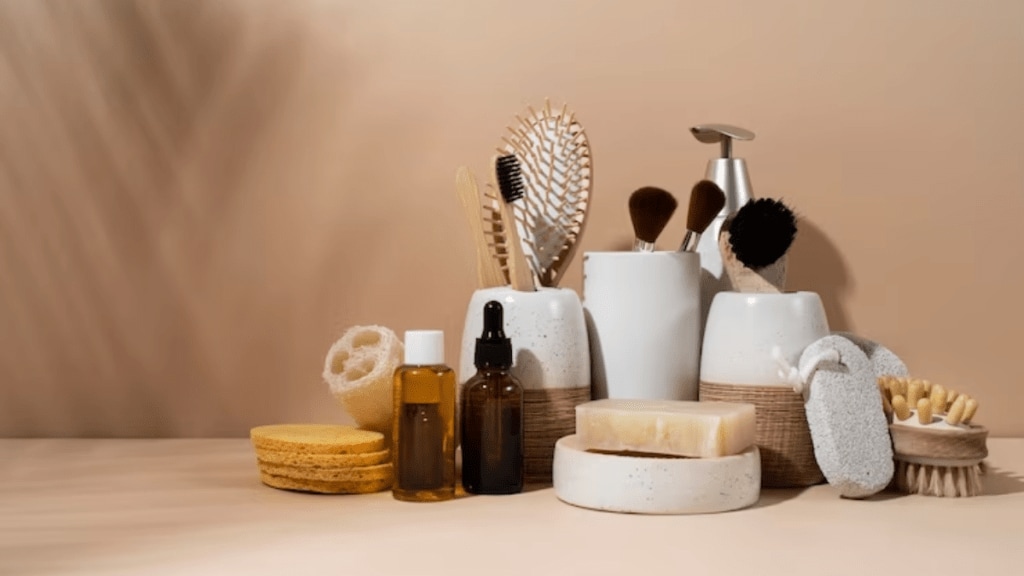Nicolas Hieronimus, CEO, L’Oreal SA, the world’s largest cosmetics company, has been keenly tracking the performance of India. While the $19-billion beauty and personal care (BPC) market in the country is constantly evolving, consultancies such as Redseer project the domestic market to grow at the rate of 10% per annum between 2023 and 2027 to touch $30 billion. That will be faster than China and Indonesia, where growth rates are expected to be 7% and 8% per annum, respectively.
Leading the Indian BPC market, Redseer says, are pure-play BPC brands, who derive over 70% of their revenue from this segment. L’Oreal, which has been in India since 1994, is one such player, Redseer says, emerging as the “flagbearer” for Indian BPC brands through its resilient performance across years.
In a recent investor call, Hieronimus provided colour on the India business, saying it was 500 million euros (or Rs 4,450 crore) in terms of size, which could go up to 1 billion euros (Rs 8,900 crore) in the foreseeable future. This would be led by a growing base of middle-class consumers and their appetite for beauty products, he added.
“India is doing well. The first half (2023) growth rate is at plus 20%. And we’re gaining share here. We’re very excited by the prospects of this market. The economy is very solid. There is an appetite for beauty. And e-commerce is a good contributor to this growth,” Hieronimus said in the investor call last month.
Redseer says that L’Oreal has bridged the gap between global beauty norms and Indian sensibilities by keeping a razor-sharp focus on the latest beauty trends, giving attention to both online and offline distribution channels and disrupting the market with differentiated products from time to time.
For instance, L’Oréal Professional, the unit that focuses on salons, recently launched Redken, its American salon brand in India, to fulfil the growing demand for specialised solutions across hair colour, styling and hair care.
Experts say the French major has used a combination of mass-markets brands such as Garnier and L’Oreal Paris which are advertiser heavily on mass-media, while products such as Kiehl’s, Yves Saint Laurent and Ralph Lauren are marketed selectively to premium and luxe consumers. At the same time, brands such as Maybelline New-York have built a loyal base of followers on digital, targeting Gen Zers and millennials.
The professional range of products, on the other hand, including L’Oreal Professional Paris, Matrix and Kerastase are aimed at customers visiting salons.
“Beauty companies such as L’Oreal have a portfolio of brands aimed at different consumer segments. This way they ensure they are speaking to wide set of people through clever segmentation,” G Chokkalingam, founder and MD, Equinomics Advisory, a Mumbai-based company, says.
Pankaj Sharma, director, consumer products division at L’Oreal, describes this strategy as a “democratisation of beauty”. “We believe in beauty for all. Through a well-defined portfolio strategy, we ensure we are taking beauty to all,” he says.
Sharma says that the future of beauty in India will be driven by brand penetration and beauty regimes as well as beauty tech. “We will continue to invest in modern technologies to enhance product discovery, and experience and connect with new-age digital consumers to build meaningful experiences,” he says.
To cite an example, L’Oreal introduced its AI-powered virtual try-on tool called ModiFace in India two years ago. It is available on its own website and e-commerce partner channels such as Nykaa and Flipkart to help consumers decipher their look after virtually trying on a product on their face. The use of AI-powered tools such as ModiFace, say experts, have aided brand loyalty for L’Oreal in a market that is rapidly moving online.
Redseer says the online BPC market, which is nearly 16% of the $19-billion overall BPC market right now, will touch $10 billion by 2027. It will constitute a third of the overall $30-billion Indian BPC market by 2027, implying that companies like L’Oreal will have to increasingly think digital and tech.

